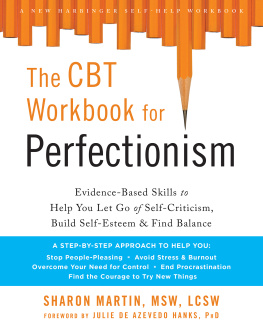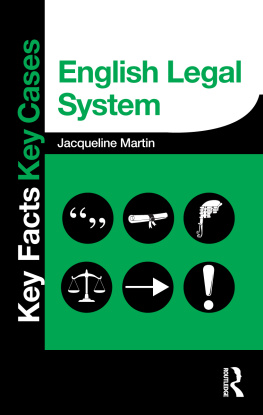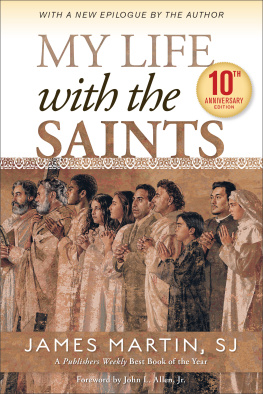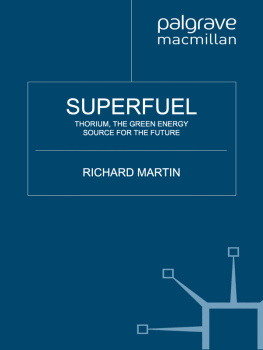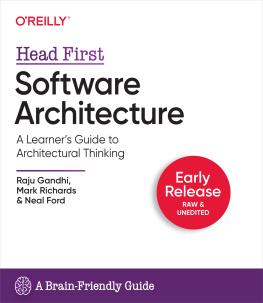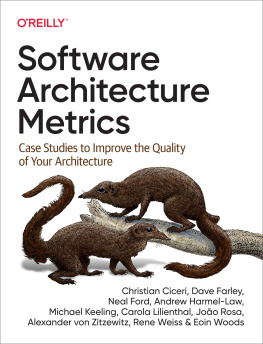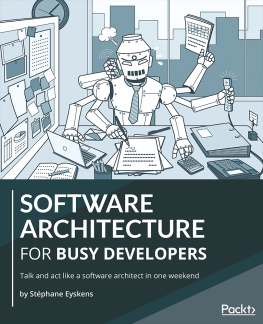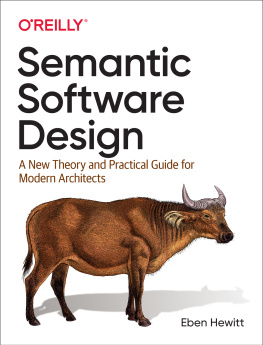About This E-Book
EPUB is an open, industry-standard format for e-books. However, support for EPUB and its many features varies across reading devices and applications. Use your device or app settings to customize the presentation to your liking. Settings that you can customize often include font, font size, single or double column, landscape or portrait mode, and figures that you can click or tap to enlarge. For additional information about the settings and features on your reading device or app, visit the device manufacturers Web site.
Many titles include programming code or configuration examples. To optimize the presentation of these elements, view the e-book in single-column, landscape mode and adjust the font size to the smallest setting. In addition to presenting code and configurations in the reflowable text format, we have included images of the code that mimic the presentation found in the print book; therefore, where the reflowable format may compromise the presentation of the code listing, you will see a Click here to view code image link. Click the link to view the print-fidelity code image. To return to the previous page viewed, click the Back button on your device or app.

Clean Architecture
A CRAFTSMANS GUIDE TO SOFTWARE STRUCTURE AND DESIGN
Robert C. Martin

Boston Columbus Indianapolis New York San Francisco Amsterdam Cape Town Dubai London Madrid Milan Munich Paris Montreal Toronto Delhi Mexico City So Paulo Sydney Hong Kong Seoul Singapore Taipei Tokyo
Many of the designations used by manufacturers and sellers to distinguish their products are claimed as trademarks. Where those designations appear in this book, and the publisher was aware of a trademark claim, the designations have been printed with initial capital letters or in all capitals.
The author and publisher have taken care in the preparation of this book, but make no expressed or implied warranty of any kind and assume no responsibility for errors or omissions. No liability is assumed for incidental or consequential damages in connection with or arising out of the use of the information or programs contained herein.
For information about buying this title in bulk quantities, or for special sales opportunities (which may include electronic versions; custom cover designs; and content particular to your business, training goals, marketing focus, or branding interests), please contact our corporate sales department at or (800) 382-3419.
For government sales inquiries, please contact .
For questions about sales outside the U.S., please contact .
Visit us on the Web: informit.com
Library of Congress Control Number: 2017945537
Copyright 2018 Pearson Education, Inc.
All rights reserved. Printed in the United States of America. This publication is protected by copyright, and permission must be obtained from the publisher prior to any prohibited reproduction, storage in a retrieval system, or transmission in any form or by any means, electronic, mechanical, photocopying, recording, or likewise. For information regarding permissions, request forms and the appropriate contacts within the Pearson Education Global Rights & Permissions Department, please visit www.pearsoned.com/permissions/.
ISBN-13: 978-0-13-449416-6
ISBN-10: 0-13-449416-4
1 17
This book is dedicated to my lovely wife, my four spectacular children, and their families, including my quiver full of five grandchildrenwho are the dessert of my life.
CONTENTS
FOREWORD
What do we talk about when we talk about architecture?
As with any metaphor, describing software through the lens of architecture can hide as much as it can reveal. It can both promise more than it can deliver and deliver more than it promises.
The obvious appeal of architecture is structure, and structure is something that dominates the paradigms and discussions of software developmentcomponents, classes, functions, modules, layers, and services, micro or macro. But the gross structure of so many software systems often defies either belief or understandingEnterprise Soviet schemes destined for legacy, improbable Jenga towers reaching toward the cloud, archaeological layers buried in a big-ball-of-mud slide. Its not obvious that software structure obeys our intuition the way building structure does.
Buildings have an obvious physical structure, whether rooted in stone or concrete, whether arching high or sprawling wide, whether large or small, whether magnificent or mundane. Their structures have little choice but to respect the physics of gravity and their materials. On the other handexcept in its sense of seriousnesssoftware has little time for gravity. And what is software made of? Unlike buildings, which may be made of bricks, concrete, wood, steel, and glass, software is made of software. Large software constructs are made from smaller software components, which are in turn made of smaller software components still, and so on. Its coding turtles all the way down.
When we talk about software architecture, software is recursive and fractal in nature, etched and sketched in code. Everything is details. Interlocking levels of detail also contribute to a buildings architecture, but it doesnt make sense to talk about physical scale in software. Software has structuremany structures and many kinds of structuresbut its variety eclipses the range of physical structure found in buildings. You can even argue quite convincingly that there is more design activity and focus in software than in building architecturein this sense, its not unreasonable to consider software architecture more architectural than building architecture!
But physical scale is something humans understand and look for in the world. Although appealing and visually obvious, the boxes on a PowerPoint diagram are not a software systems architecture. Theres no doubt they represent a particular view of an architecture, but to mistake boxes for the big picturefor the architectureis to miss the big picture and the architecture: Software architecture doesnt look like anything. A particular visualization is a choice, not a given. It is a choice founded on a further set of choices: what to include; what to exclude; what to emphasize by shape or color; what to de-emphasize through uniformity or omission. There is nothing natural or intrinsic about one view over another.
Although it might not make sense to talk about physics and physical scale in software architecture, we do appreciate and care about certain physical constraints. Processor speed and network bandwidth can deliver a harsh verdict on a systems performance. Memory and storage can limit the ambitions of any code base. Software may be such stuff as dreams are made on, but it runs in the physical world.
This is the monstrosity in love, lady, that the will is infinite, and the execution confined; that the desire is boundless, and the act a slave to limit.
William Shakespeare
The physical world is where we and our companies and our economies live. This gives us another calibration we can understand software architecture by, other less physical forces and quantities through which we can talk and reason.
Architecture represents the significant design decisions that shape a system, where significant is measured by cost of change.
Grady Booch
Time, money, and effort give us a sense of scale to sort between the large and the small, to distinguish the architectural stuff from the rest. This measure also tells us how we can determine whether an architecture is good or not: Not only does a good architecture meet the needs of its users, developers, and owners at a given point in time, but it also meets them over time.


